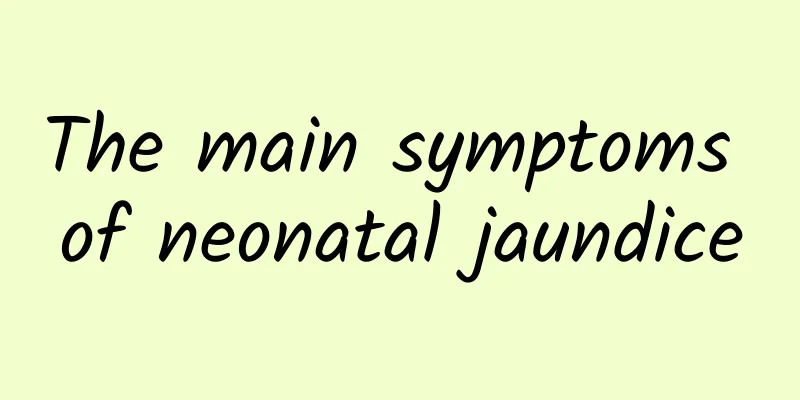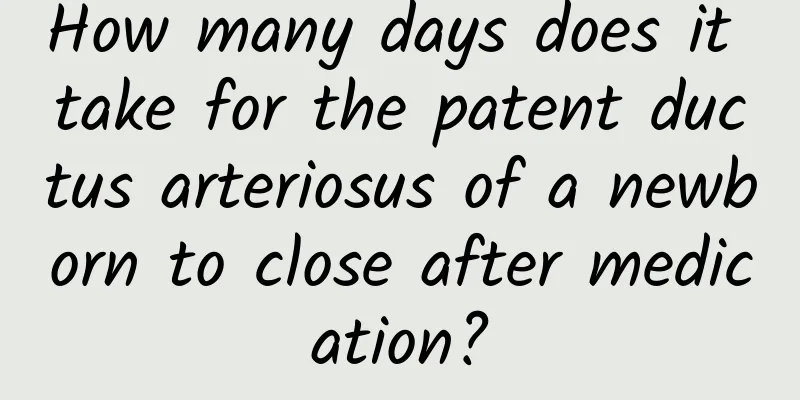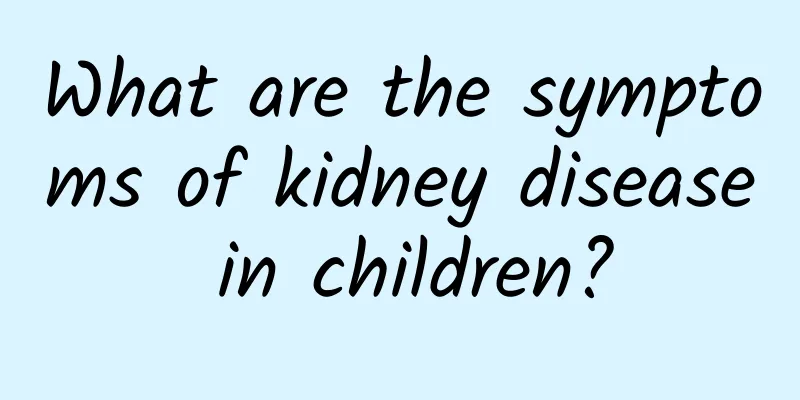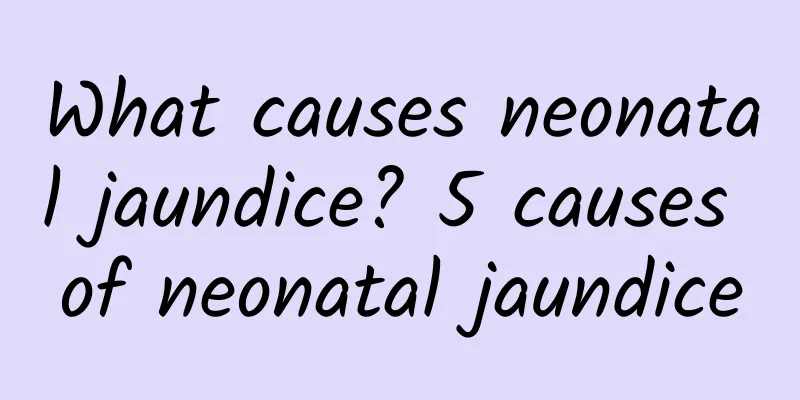What are the dangers of Kawasaki disease

|
There are many diseases around us. If they are not discovered and treated in time, they will cause a lot of harm to the patient's body, such as Kawasaki disease. Therefore, timely treatment is the key. So what are the dangers of Kawasaki disease? Below I will give you a detailed introduction. 1. Coronary artery lesions: Transient coronary artery dilatation accounts for 46% and coronary artery aneurysm accounts for 21%. Two-dimensional echocardiography shows that coronary artery dilatation can occur on the third day of onset, and most of them disappear within 3 to 6 months. Coronary artery aneurysms can be detected on the sixth day of onset, with the highest detection rate in the second to third week, and new lesions rarely appear after the fourth week. The incidence of coronary artery aneurysms is 15% to 30%, and the presence of clinical myocarditis does not indicate coronary artery involvement. 2. Gallbladder effusion: It usually occurs in the subacute stage and may cause severe abdominal pain, abdominal distension and jaundice. A mass can be felt in the right upper abdomen, which can be confirmed by abdominal ultrasound examination. Most cases recover naturally, but occasionally they may be complicated by paralytic intestinal obstruction or intestinal bleeding. 3. Arthritis or joint pain: occurs in the acute or subacute stage, and both large and small joints may be affected, which occurs in about 20% of cases and will heal as the condition improves. 4. Changes in the nervous system: The acute phase includes aseptic cerebrospinal meningitis, facial nerve paralysis, hearing loss, acute encephalopathy and febrile convulsions, which are caused by vasculitis, are common in clinical practice, recover quickly and have a good prognosis. Aseptic cerebrospinal meningitis is the most common, with an incidence of about 25%. It often occurs within the first 2 weeks of the disease. Some children have increased intracranial pressure, manifested by a bulge in the anterior fontanelle. A few children have a stiff neck and may have drowsiness, staring eyes, coma and other disturbances of consciousness. 5. Other complications: Pulmonary vasculitis shows increased lung striae or flake shadows on chest X-rays, and occasionally pulmonary infarction. Urethritis may occur in the acute phase, and leukocytosis and mild proteinuria may be seen in urine sediment. Iridocyclitis is less common. About 2% of patients develop body artery aneurysms, most common in the axillary and iliac arteries. Gangrene of fingers and toes is occasionally seen. The above is the experts’ summary of the dangers of Kawasaki disease. After understanding these complications, I believe people have a deeper understanding of Kawasaki disease. I hope that in the future, in addition to doing a good job of preventing Kawasaki disease, people with the disease should also actively seek treatment to avoid complications. |
<<: What are the diagnostic tools for Kawasaki disease?
>>: What are the dangers of Kawasaki disease to patients?
Recommend
Children's colds are prone to six complications? Experts teach you how to prevent children's colds in winter
Children's cold is a common disease, especial...
What are the traditional Chinese medicines for treating colds in children?
Traditional Chinese medicines for treating childr...
Dietary taboos for early childhood pneumonia
The arrival of neonatal pneumonia affects the hea...
What are the symptoms of pneumonia in children
Pneumonia is not uncommon. Since children have ve...
What are the symptoms of patent ductus arteriosus? What are the treatments for patent ductus arteriosus?
We all have experienced illness and suffered from...
Diagnostic criteria for early childhood pneumonia
In fact, there are many diseases that have simila...
How to treat children's nail malnutrition
Nails are a barometer of health. When a child'...
Factors causing diarrhea in children
Among pediatric gastrointestinal diseases, the mo...
What are the early symptoms of polio?
The early symptoms of polio include fever, sore t...
How to diagnose hernia in children
The diagnosis of hernia in children is usually ba...
What is hand, foot and mouth disease? What should I do if my baby has hand, foot and mouth disease?
Hand, foot and mouth disease is a very fast-sprea...
What are the main examination bases for pediatric eczema?
When our baby has eczema, parents must not be ove...
Correct nursing measures for children with pneumonia
Pneumonia is not common among adults, but it is c...
How to take care of children with tics? What are the symptoms and manifestations of tics?
In most cases of tics, the physical condition of ...
What are the treatment principles for children's cough?
The treatment of children's cough requires ta...









